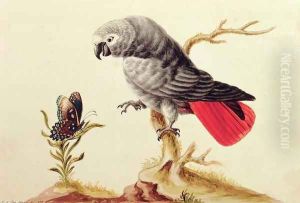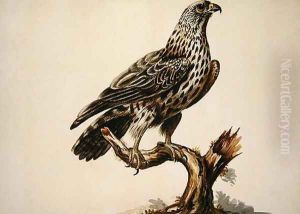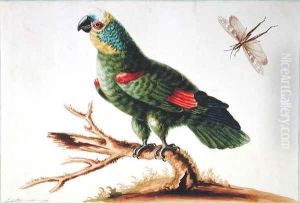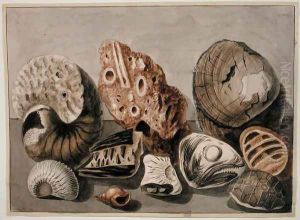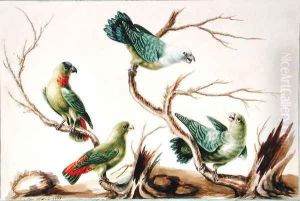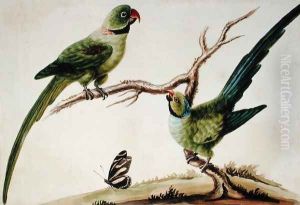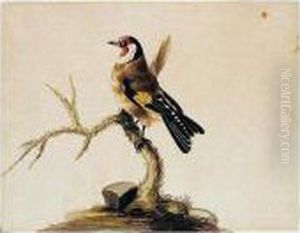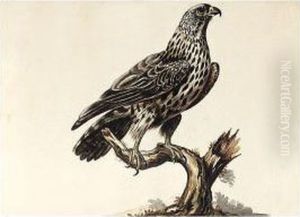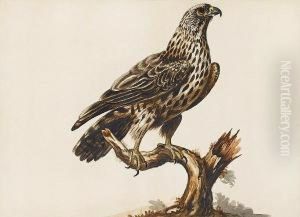Sarah Stone Paintings
Sarah Stone was an English artist known for her detailed illustrations of animals and plants, which were notable for their scientific accuracy and artistic merit. Born in 1760, Stone's early life and artistic training are not thoroughly documented; however, it is clear that her skills were recognized and fostered at a young age. During the 18th century, it was unusual for women to be formally recognized in the sciences or as artists, making Stone's accomplishments particularly noteworthy.
Her work came to prominence through her association with Sir Ashton Lever, who created the Leverian Museum, a vast and eclectic collection of natural history specimens from around the world. Stone was employed to illustrate the specimens in the museum's collection, which ranged from exotic birds, fish, and mammals to insects and plants. Her illustrations were used for scientific documentation and also served as the basis for engravings in publications, thus contributing to the dissemination of knowledge about natural history during a time when such information was eagerly sought after by both scientists and the public.
Stone's illustrations were characterized by their vivid detail and accuracy, which was critical for scientific purposes. She often worked with live specimens, which allowed her to capture the vitality and texture of the organisms she was painting. Her work was not just scientifically valuable; it also possessed an aesthetic quality that appealed to art collectors and natural history enthusiasts.
Stone's contributions to natural history illustration spanned several decades, and her work was published in a number of significant scientific works of the time. After the Leverian Museum collection was sold at auction in 1806, the details of Stone's later life and career are less clear. She continued to work as an artist and is known to have exhibited her paintings, but the volume and visibility of her work diminished.
Sarah Stone passed away in 1844, leaving behind a legacy that has been somewhat eclipsed by the passage of time and the lack of comprehensive records of her life and oeuvre. Despite this, her illustrations remain important historical documents that continue to be of interest to art historians, biologists, and collectors. Her unique position as a female artist in the field of scientific illustration during the 18th century ensures her place in the annals of both art and science history.
